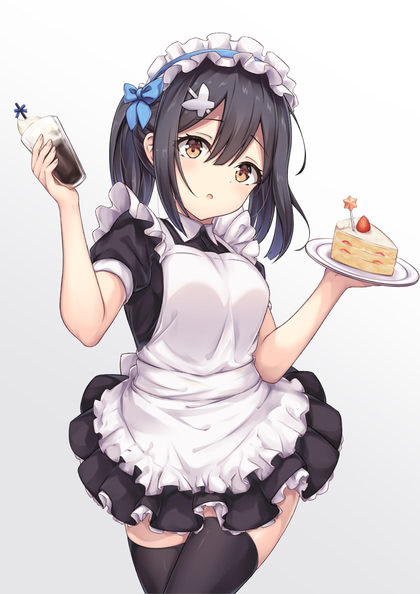Cheesecake
Pixiv Champloo 8
A little something to stir up my Pixiv recommendations, which are a bit heavy on foxgirls after that last post.
Pixiv: Fox-Girls
There are plenty of kitsune musume (狐娘) on Pixiv who are not 800-year-old lolicon bait. I have a few on tap…
3D Cheesecake: Bathtime Buddies
Personally I use a pressure cooker, but the classic way to make cheesecake is with a water bath. Either way, adding water to cheesecake keeps the skin from drying out.
Adding soapy water to cheesecake only works for the kind that involves rubber duckies. Whipped cream goes well on both kinds; apply immediately before consuming.
For obvious reasons, most of this set goes behind the NSFW tag, and even the ones that aren’t are a little more suggestive than the usual bikini pics.

Pixiv Champloo 7
Server rebuilt, data verified, meal cooked and eaten, episodes of Senko-chan watched. Now loading… cheesecake!
OMC: Hitomi Yasueda
My only complaint about the quality and quantity of skin that Hitomi Yasueda (安枝瞳) frequently displays is that there are a number of pictures where her lack of a top should result in at least a hint of areola and/or nipple, but the Barbie filter is set to “nope”. As compensation, they spare no effort to prove that she’s got more ass than all but the most-genetically-gifted of Japanese women.
Born in 1988 and still working, which makes even her earliest photos comfortingly legal for prolonged ogling.







